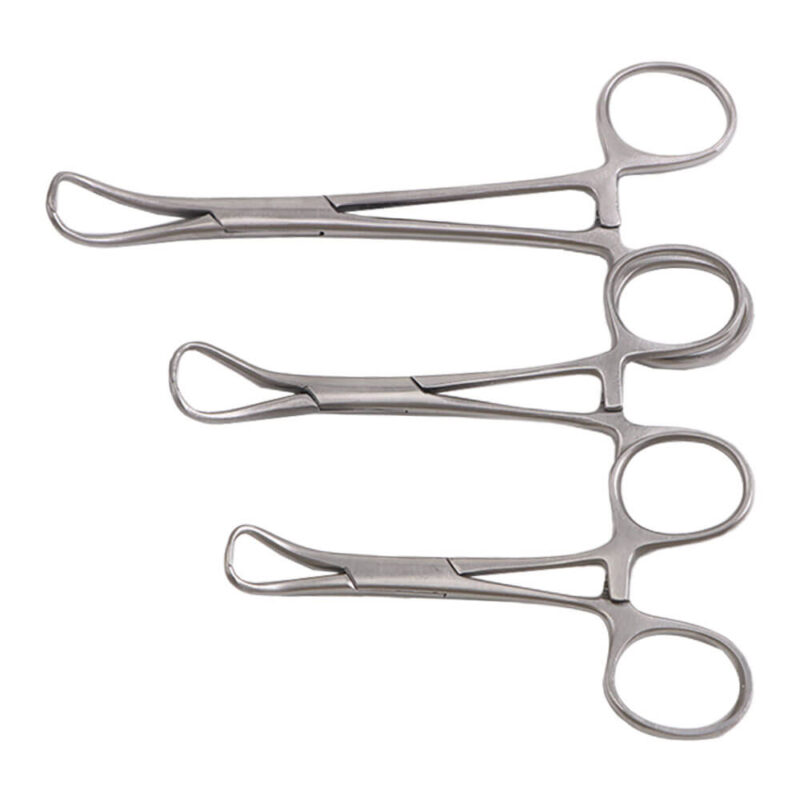
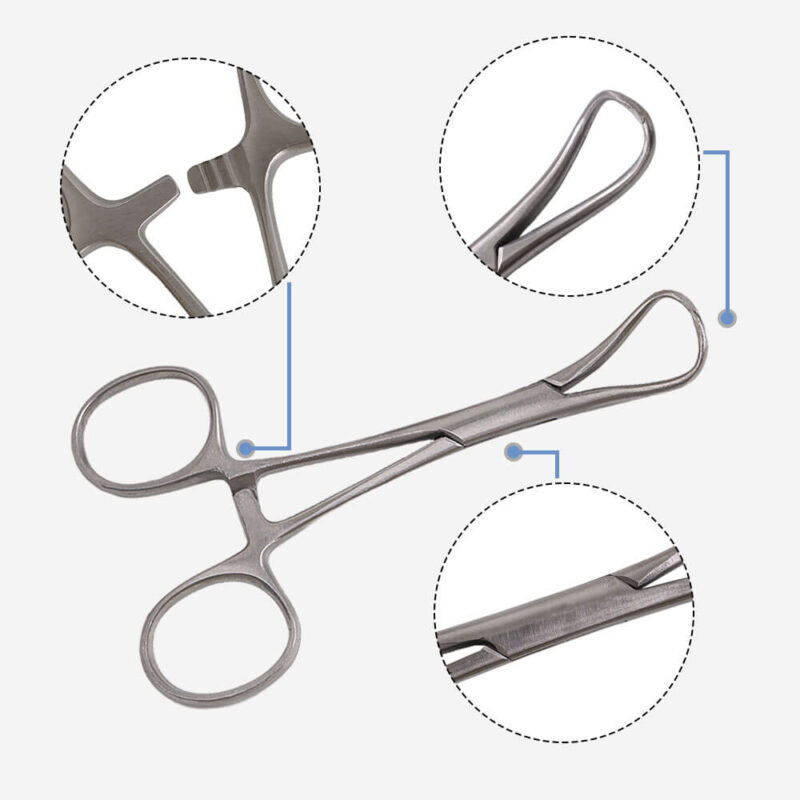
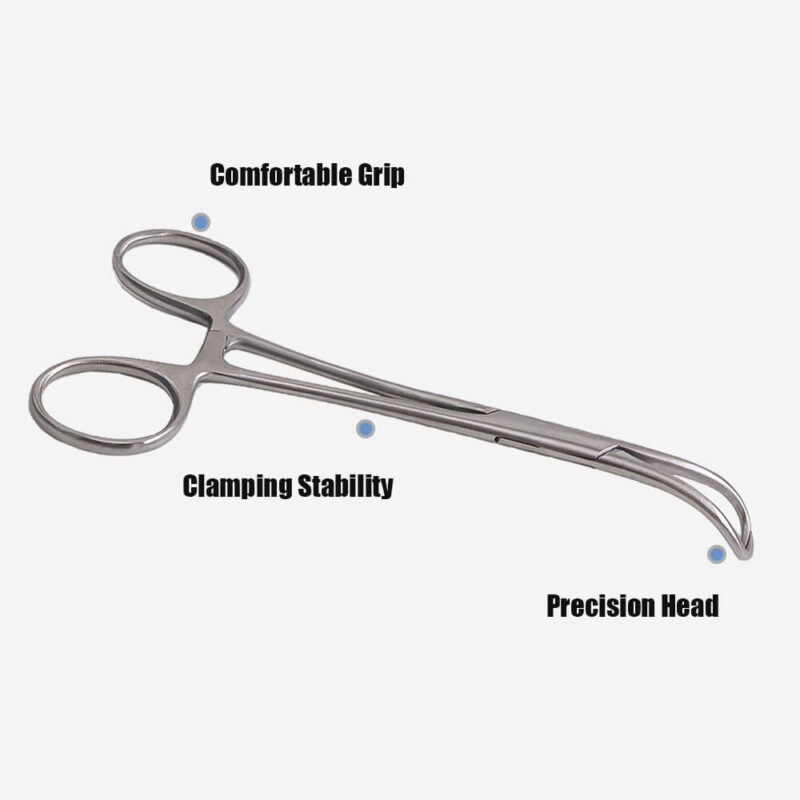
Backhaus towel clamp forceps, also known as Backhaus hemostats, are surgical instruments designed to securely hold and manipulate towels or drapes during surgical procedures. These forceps have a ratcheted design with sharp teeth at the end of each jaw, providing a firm grip to prevent slippage.
The name “Backhaus” is derived from its inventor, Dr. Carl August Backhaus, a German surgeon who developed these forceps in the late 19th century. Since then, it has become an essential tool in the operating room for various medical procedures.
The most common use of Backhaus towel clamp forceps is to secure sterile towels or drapes onto the patient’s skin during surgery. This ensures that the area remains clean and free from any contamination or infection. The sharp teeth on the jaws of these forceps allow for easy penetration through layers of fabric without causing damage to delicate tissues.
Furthermore, these forceps can also be used as hemostats to control bleeding by clamping off blood vessels during surgeries. The ratcheted design allows surgeons to adjust the clamping pressure according to their needs, making it a versatile instrument for different types of procedures.
In addition to surgical use, Backhaus towel clamp forceps have become popular among dentists for holding gauze and cotton rolls in place during dental procedures. They are also commonly used by veterinarians in animal surgeries due to their reliable grip and ease of use.
When it comes to construction, these forceps are typically made of stainless steel for durability and resistance against corrosion. They come in various lengths ranging from 3 inches up to 9 inches, allowing surgeons to choose the size that best suits their needs.
Proper care and maintenance are crucial for ensuring the longevity of Backhaus towel clamp forceps. After each use, they should be thoroughly cleaned with an appropriate solution and sterilized before storing them in a dry place.
Backhaus towel clamp forceps are an essential tool in the medical field, providing a secure grip and precise control during surgical procedures. Its versatility and reliability have made it a staple instrument in operating rooms worldwide.
| Product Name | Stainless Backhaus Towel Clamp Forceps Hemostat Surgical Instruments |
| Place of Origin | Jiangsu, China |
| Brand Name | Jianfeng |
| Model Number | JF860061 |
| Classification | Class I |
| Material | Stainless |
| Certification | CE, ISO 13485 |
| Application | Surgical Operation Instruments |
| Logo | Accept Customized |
| OEM & ODM | Available |
| Quality | High Quality |
| Usage | cosmetology, medical training, hospital, clinics, and so on |
| Size | 9.5cm/10.8cm/13.5cm |
| Feature | Polished smooth,Precision head,Clip design,Comfortable grip,Clamping stability,Adjustable three-position locking |
More FAQS About Backhaus Towel Clamp Forceps
Backhaus towel clamp forceps, also known as simply Backhaus clamps or towel clamps, are commonly used surgical instruments in various medical procedures. They are designed to securely hold and secure surgical towels or drapes onto a patient’s skin during surgery. These forceps are an essential tool for maintaining a sterile environment in the operating room and preventing any contamination from occurring.
Pliers Head: Used for gripping and holding items.
Handle: the part that provides grip and handling.
Connection part: connects the pliers head and the pliers handle.
The main components of a Backhaus towel clamp forcep include two curved jaws with sharp interlocking teeth, a ratcheted locking mechanism, and finger rings for easy handling. The jaws of the forceps are slightly concave and have evenly spaced rows of serrated teeth that provide a strong grip on the fabric. This feature makes them ideal for holding heavy-duty surgical towels or drapes in place during procedures.
To use a Backhaus towel clamp forcep, the surgeon places their index finger through one ring and their thumb through the other while resting their middle finger on top of the ratchet lock. This allows for precise control over the opening and closing of the jaws. Once positioned, they can then gently squeeze both rings together to close the jaws around the material.
High-quality material: usually made of stainless steel or medical grade stainless steel, with good corrosion resistance, resistant to disinfectants and bacterial erosion in the medical environment, to ensure long-term use.
Precise design: The head part of the pliers is finely designed to accurately hold and release small objects, such as surgical towels, gauze, vascular forceps, etc., to ensure the accuracy and safety of the operation.
Comfortable Grip: The handle part of the forceps is well-designed and usually made of non-slip material, which provides a good grip and reduces hand fatigue, improving the comfort and efficiency of operation.
Durability: After special treatment, it has high strength and toughness to withstand repeated use and pressure in medical operations and prolong its service life.
Easy to clean and disinfect: smooth surface, easy to clean, with high temperature steam or chemical disinfectant, to ensure the hygiene and safety of the instruments, in line with medical standards.
Versatility: according to different medical needs, medical parellel forceps may have different sizes, shapes and functional designs, such as pointed, rounded, curved, etc., in order to adapt to the needs of various surgical operations.
Surgical operations: During surgery, medical parellel forceps are used to hold and fix surgical towels, gauze, etc. to keep the surgical field clear and clean and prevent infection.
Tissue fixation: During surgery, it can be used to hold and fix tissues for suturing, cutting and other operations.
Instrument transfer: During surgery, the Papanicolaou forceps can be used to transfer surgical instruments, such as scissors, forceps, etc., especially between the surgeon and the assistant.
Hemostasis: In some cases, Papanicolaou pliers can be used to clamp bleeding small blood vessels to provide temporary hemostasis.
Anatomical operations: In anatomy teaching, Papanicolaou pliers can be used to hold and move anatomical specimens.
Pathology examination: In pathology examination, Papanicolaou pliers can be used to clamp or fix tissue samples for sectioning and analysis.
Wound management: In the treatment of wounds, Pocket Forceps can be used to hold dressings or for initial wound cleaning.
First Aid Treatment: At the scene of first aid, Pocket Forceps can be used to hold or immobilize an injured person’s wound to control bleeding.
Laboratory use: In medical laboratories, Pocket Forceps are also used to hold and secure laboratory specimens or tools.
Backhaus towel clamp forceps are an indispensable tool in any surgical or medical setting. Their unique design and functionality make them a go-to instrument for securing drapes, dressings, and other soft materials during procedures. With proper care and maintenance, they can last for many years and continue to be a reliable aid in various medical treatments.
Backhaus towel clamp forceps play a vital role in maintaining a sterile surgical environment and ensuring the success of procedures. With their efficient design, versatile usage, and secure locking mechanism, they have become an indispensable tool for surgeons worldwide.
Grip: When in use, the Paw Paw Pliers should be held in the hand, usually with the right hand and assisted by the left hand.
Ensure that the grip is properly positioned for ease of handling and application of appropriate pressure.
Opening the Towel Pliers: Before use, open the jaws of the Paw Paw Pliers to allow for placement of items.
Placing items: Place the item to be clamped (e.g., gauze, surgical towel, tissue, etc.) in the center of the jaws of the Paw Paw Pliers.
Ensure that the item is clamped evenly to avoid uneven clamping that could result in damage to the item or inconvenient handling.
Closing the Towel Pliers: Gently close the forceps so that the jaws fit snugly and hold the item securely.
Pay attention to the force of closure to avoid damage to the item or deformation of the jaws.
Manipulating the item: Use the Papanicolaou forceps to move, secure, or transfer items during surgical or medical operations.
The angle and position of the Papanicolaou pliers can be adjusted according to the operational needs.
Precautions: During use, avoid direct contact of the jaws of the Pocket Towel Pliers with the skin or other sensitive tissues to avoid injury.
If you need to pass it on to another person, the jaws of the Papanicolaou should be directed towards the receiver to avoid direct contact.
Upon completion of the operation, place the tissue pliers in a designated location to prevent contamination or misuse.
Cleaning and Maintenance: After use, the kerchief forceps should be cleaned to remove blood, tissue debris, etc. from the jaws.
Regularly inspect and maintain the forceps to ensure proper function.
One of the main benefits of using Backhaus towel clamp forceps is their strong grip. The jaws of these forceps have interlocking teeth that provide a secure hold on the towels or drapes without causing any damage. This ensures that the surgical site remains clean and free from contamination during the procedure.
Furthermore, Backhaus forceps come in various sizes and lengths to accommodate different types of towels and drapes. The most common size is 3 inches long with 5×6 teeth configuration, but there are also longer ones available for larger towels or drapes. This versatility makes them suitable for use in a wide range of surgeries such as gynecological, orthopedic, and general surgeries.
Another benefit of using these forceps is their ease of use. The handles have a ratcheted design that allows for easy locking and unlocking with one hand while holding onto other instruments with the other hand. This saves time and effort during surgery, allowing for a smoother and more efficient procedure.
Moreover, Backhaus towel clamp forceps have a lightweight design which makes them comfortable to handle for extended periods without causing strain on the surgeon’s hands. The smooth surface of these instruments also ensures a comfortable grip and prevents slipping while in use.
In addition to their primary function of securing towels or drapes during surgery, these forceps can also be used for other purposes such as grasping small objects, holding sutures, or compressing bleeding vessels. This versatility makes them a valuable tool in any surgical setting.
Backhaus towel clamp forceps are made from high-quality stainless steel which makes them durable and resistant to corrosion. With proper care and maintenance, these forceps can last for many years without the need for frequent replacements.
Backhaus towel clamp forceps offer numerous benefits that make them an indispensable tool in any surgery. Their strong grip, versatility, ease of use, lightweight design, and durability make them a preferred choice among surgeons worldwide.
One of the most frequently asked questions about backhaus towel clamp forceps is whether they can be reused after being sterilized. The short answer is yes, backhaus towel clamp forceps are reusable. However, there are certain guidelines and precautions that need to be followed to ensure their safe reuse.
Firstly, it is important to understand that these forceps come in direct contact with bodily fluids and tissues during surgeries, making them potential carriers of infectious microorganisms. Therefore, proper cleaning and sterilization of backhaus towel clamp forceps is crucial before reusing them on another patient.
The first step towards reusing these instruments is thorough cleaning using warm water and a mild detergent. This will help remove any organic matter or debris stuck on the instrument’s surface. It is essential to use an appropriate brush to clean between the teeth of the forceps properly.
After cleaning, backhaus towel clamp forceps should undergo sterilization using an autoclave or chemical disinfectant solution following manufacturer’s instructions. Sterilizing these instruments eliminates any remaining microorganisms and makes them safe for reuse.
It should be noted that repeated sterilization can cause wear and tear on these instruments over time. Therefore, it is recommended to inspect them regularly for signs of corrosion or damage before each use. Any damaged or worn-out instruments must not be reused as they can compromise the safety and effectiveness of the surgical procedure.
Backhaus towel clamp forceps can be reused after proper cleaning and sterilization. However, it is crucial to follow strict protocols and guidelines to ensure their safe reuse. Regular inspection and maintenance of these instruments are also essential for their longevity and effectiveness in surgeries.
CLEANING AND SANITIZING: The Pawl Pliers need to be cleaned and sanitized before and after each use. Before use, the jaws and handles can be wiped with 75% alcohol or a disinfectant solution to ensure sterility. After use, they should be thoroughly cleaned and soaked in a disinfectant solution, then dried.
Avoid cross contamination: During surgical or medical operations, Papanicolaou forceps should avoid contact with items from different patients or different parts of the body to prevent cross contamination.
Place items correctly: When placing items, make sure they are held evenly to avoid uneven clamping that may result in damage to the item or inconvenience to the operation. Also, avoid damage to sensitive tissues.
Control of force: When using the Papanicolaou forceps, control the force of clamping to avoid damage or deformation of the jaws due to excessive force. When clamping sensitive tissues, pay special attention to the control of the strength to avoid unnecessary injuries.
Avoid direct contact with the skin: During surgical or medical operations, avoid direct contact of the jaws of the Papanicolaou forceps with the skin or other sensitive tissues to avoid injury.
Pass it on correctly: If it is to be passed on to another person, the jaws of the Pocket Forceps should be directed towards the recipient to avoid direct contact. Ensure that the jaws are in a safe position when passing to prevent accidental injury.
Regular Inspection and Maintenance: Regularly check the condition of the pliers, such as wear and tear of the jaws, loosening of the handles, etc., to ensure that they are functioning properly. If necessary, lubricate or replace parts.
Storage and custody: After use, the pliers should be placed in a dry, clean and ventilated place to avoid moisture and pollution. When storing, avoid mixing with other sharp objects to prevent damage.
Training and use: All healthcare professionals using the Papanicolaou forceps should receive appropriate training on the proper use and precautions to ensure safety and effectiveness.

About Us
If you need additional information regarding our production sites, services, catalogs in PDF format, and certificates you are welcome to contact us additionally.
This is a specialist factory of surgical instruments and has been devoted to providing fine-quality instruments for the world market. It sincerely encourages cooperation with any of the following parties: overseas distributors or manufacturers, hospitals, surgeons, custom manufacturing, and charity activities.
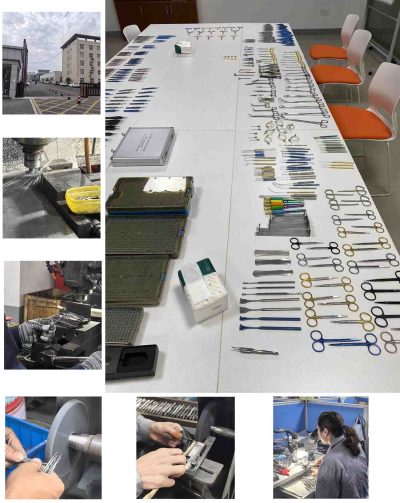
The Goal of Surgical-tool
The characteristics of the surgical instruments manufactured by Surgical-tool include tissue forceps, needle holders, surgical scissors, eye speculums, hemostat instruments, and so on.
These surgical tools have the features of flexibility, thinness, high durability, ease of cleaning, does not rust easily. They are rationally designed and have simple structures, safe, easy to use, available in a complete range, and are of high quality.
We have a technical team, especially in terms of technical specialties and cognition of surgical instruments; we are capable of providing suitable and affordable surgical instruments based on your surgical requirements!
Surgical-tool has always followed the development direction of increasing the quality of surgical instruments and offers expert surgical instrument solutions for medical entities and medical specialists with better, thinner, and higher quality surgical instruments to meet domestic and global requirements.
Working consistently to help human health, we strive to satisfy the need for the development rate in the sphere of surgery.
Latest Products
Ophthalmic Straight Suture Tying Forceps Surgical Instrument with Hollow
Irrigation Aspiration Cannula Double Parallel Tube Ophthalmic Plastic Surgery
Colibri Suture Curved Tying Forceps Ophthalmic Instruments
12cm Micro Castroviejo Curved Scissors for Capsule Membrane
Stainless Diamond Lance Keratome Blades Scalpel for Ophthalmic Surgery
Needleke Injection Suction Handle Wrench Ophthalmic Instrument
Adjustable Gemstone Diamond Keratome Blade For Hair Transplant Instrument
Barraquer Wire Eye Speculum Ophthalmic Instruments
Straight Ophthalmic Suture Tying Forceps Surgical Instrument 1*2 Tooth with Round Handle
Ombredanne Bone Mallet Hammer Plastic Surgery Instrument
Q: Are you a factory?
A: Yes, we have more than 25 years of industry experience leading companies
Q: What’s your delivery time?
A: Commonly used products we have sufficient stock, so it usually takes 25-35 days for your order to reach you after receiving your advance payment. This time varies with the instrument type and their quantity which can be negotiated.
Q: What’s the quality of your products?
A: The quality of our surgical tools has gained a superb reputation in the industry. We offer free of cost samples so that our customers can test the quality and precision of the instrument. (NOTE: The customer has to pay shipping/courier charges. )
Q: What services can we provide?
A: We provide excellent after-sale services. All packages/shipments are thoroughly checked, any damaged or defected instruments are replaced before shipment.
Q: Do you support customization?
A: Sure. Customization is welcome!

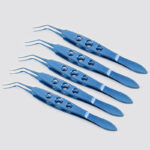 Capsulorhexis Forceps
Capsulorhexis Forceps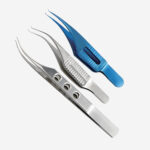 Suture Forceps
Suture Forceps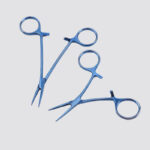 Hemostatic Forceps
Hemostatic Forceps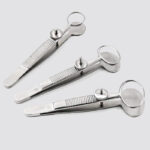 Chalazion Forceps
Chalazion Forceps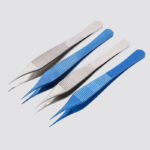 Adson Forceps
Adson Forceps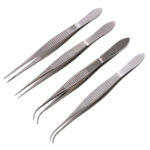 Tissue Forceps
Tissue Forceps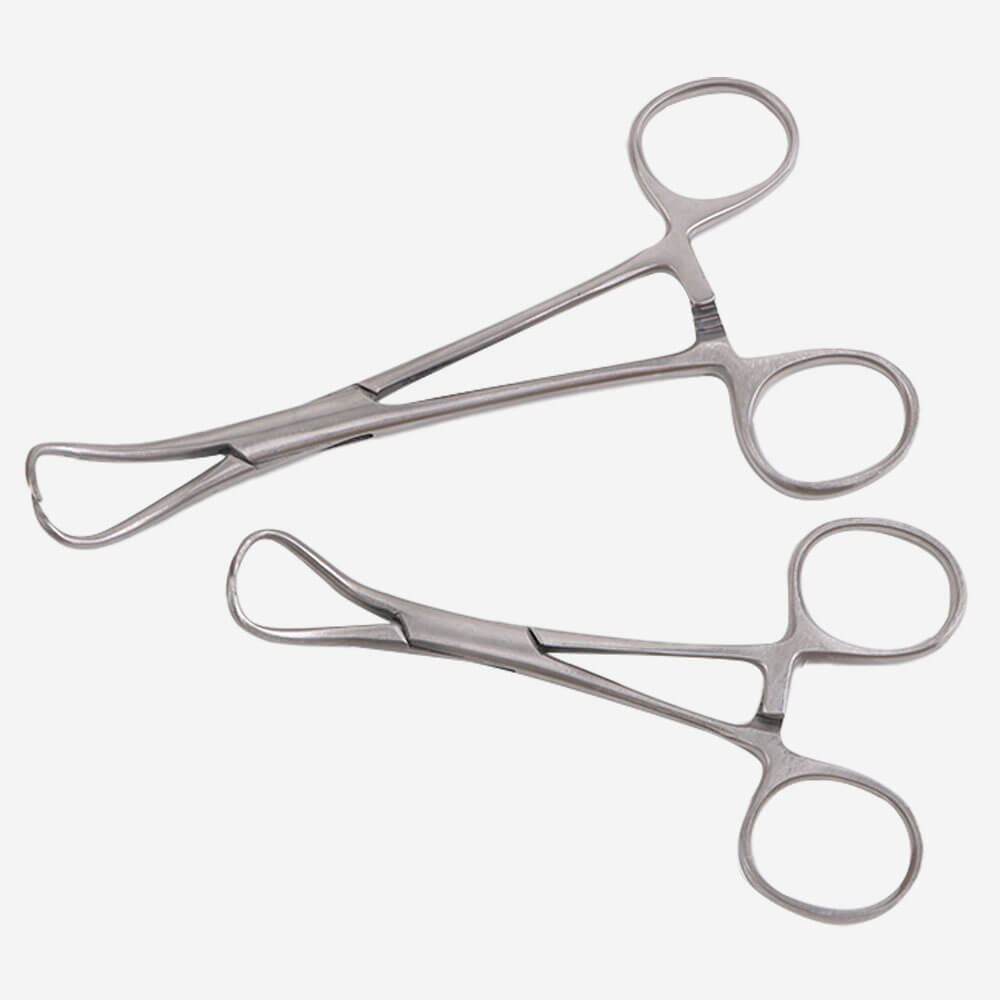

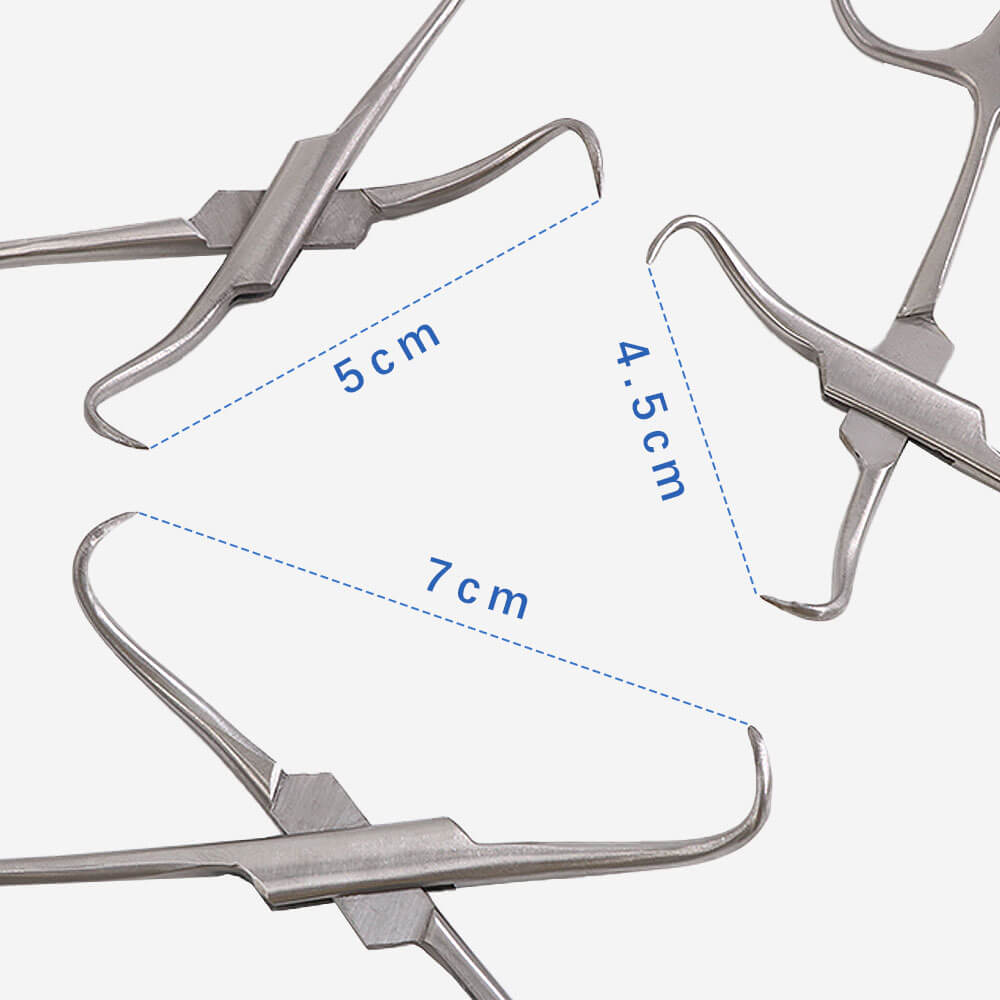
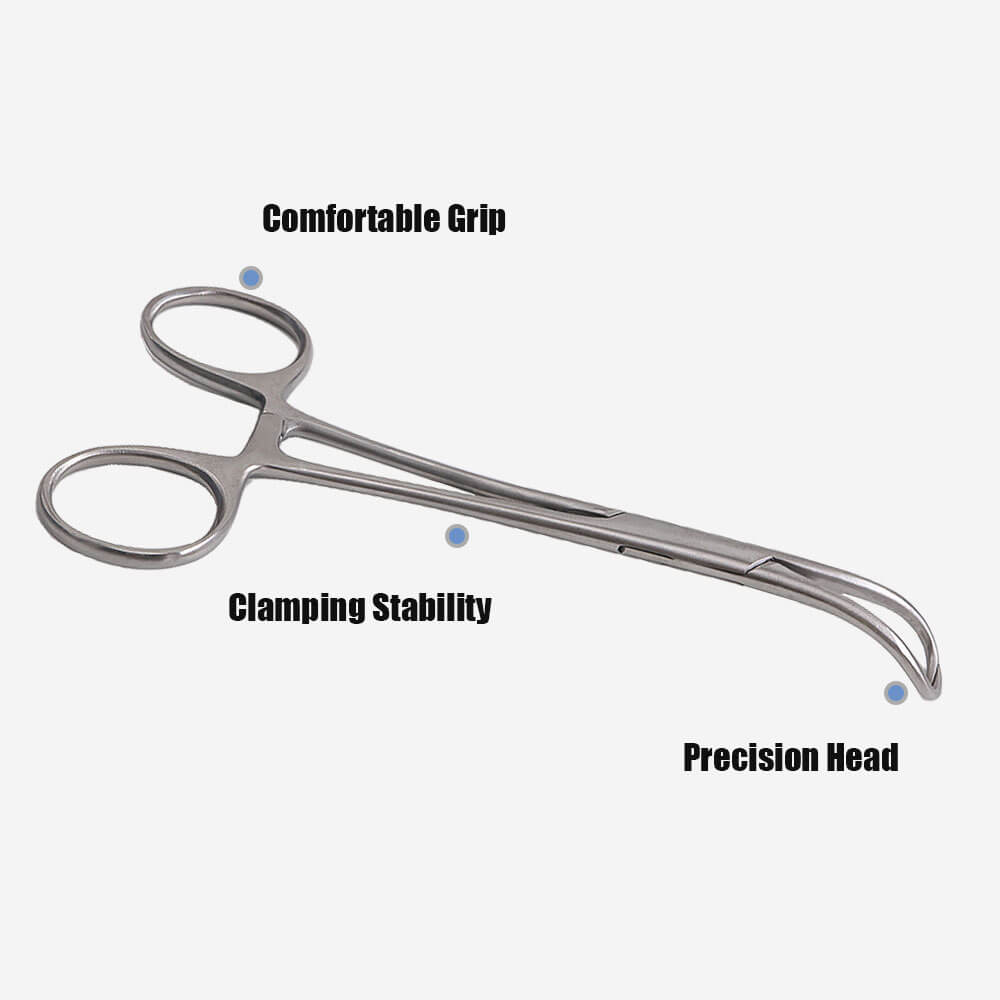
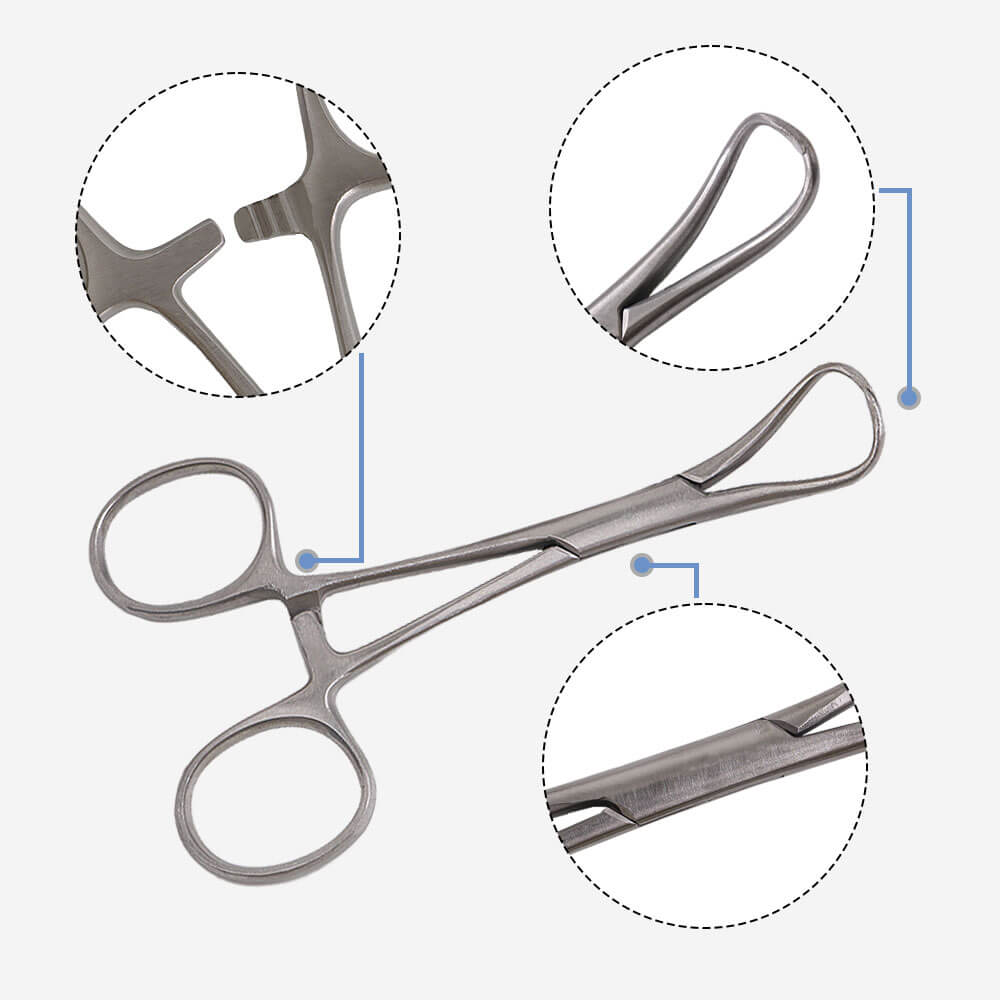
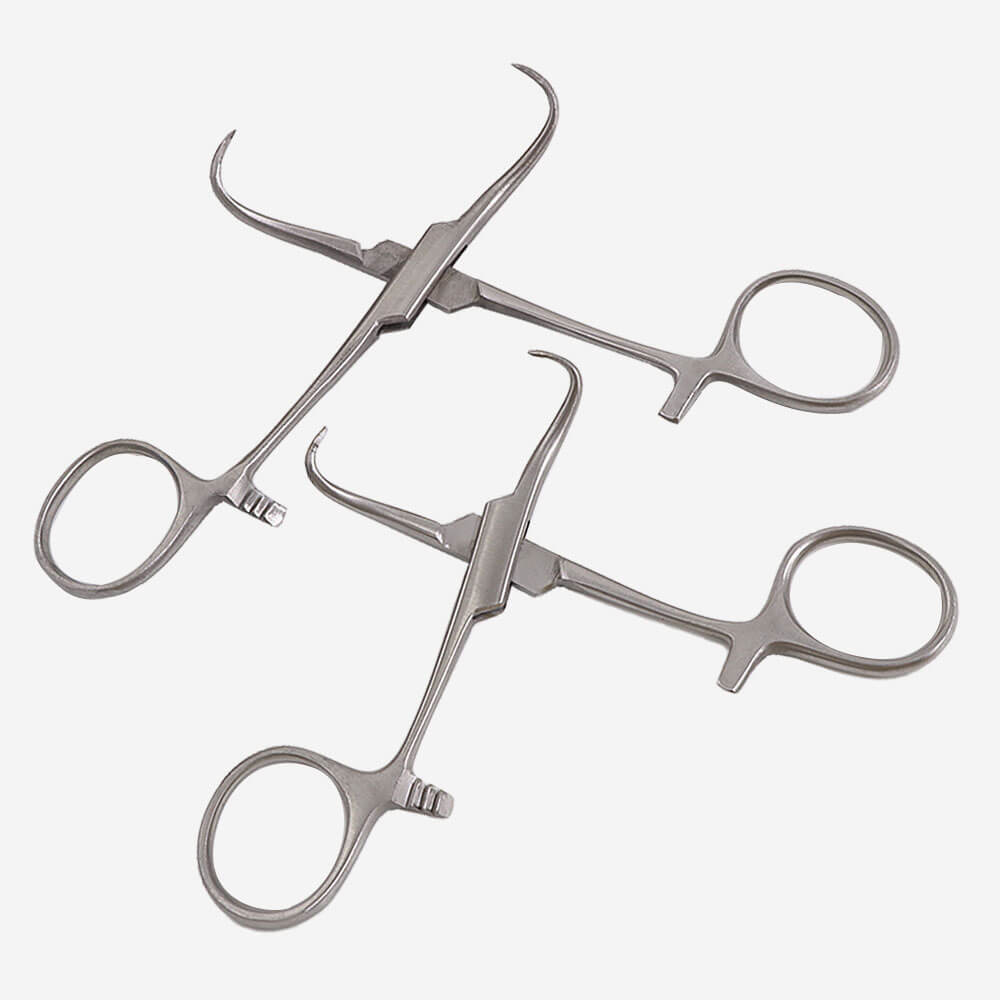
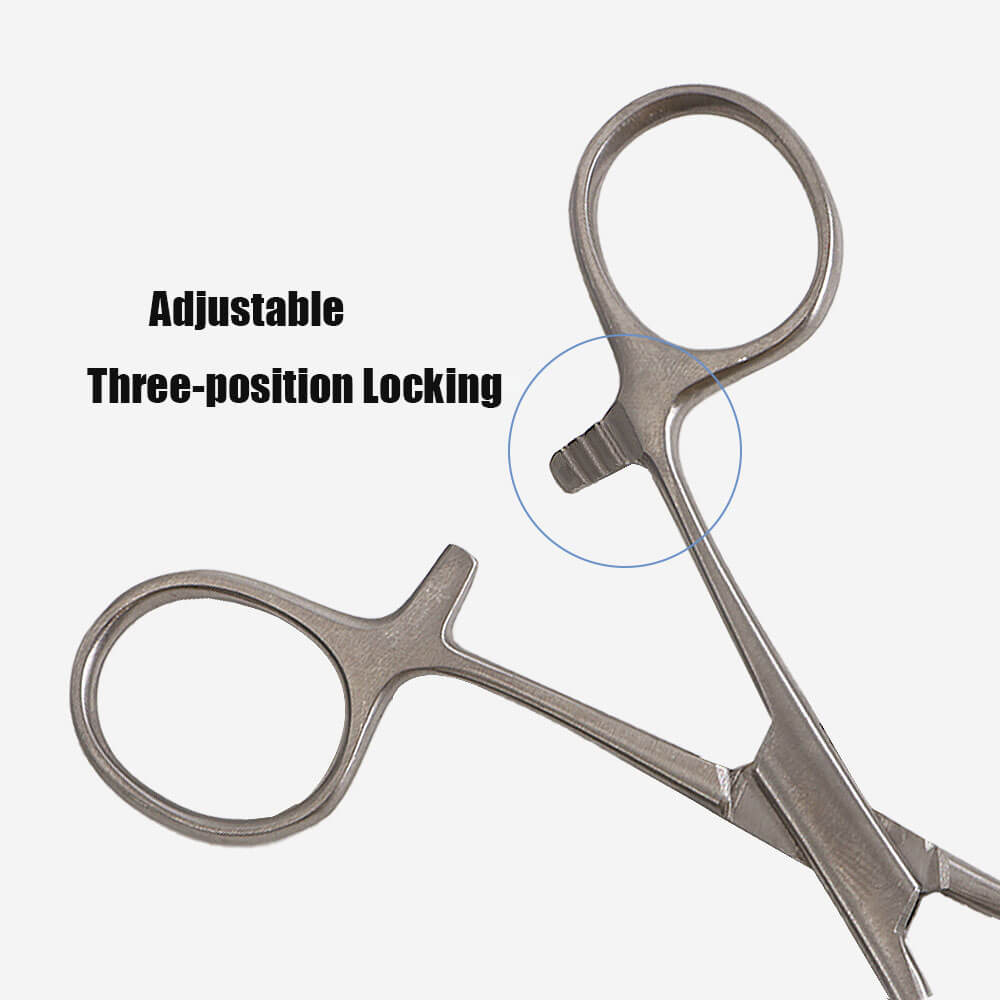
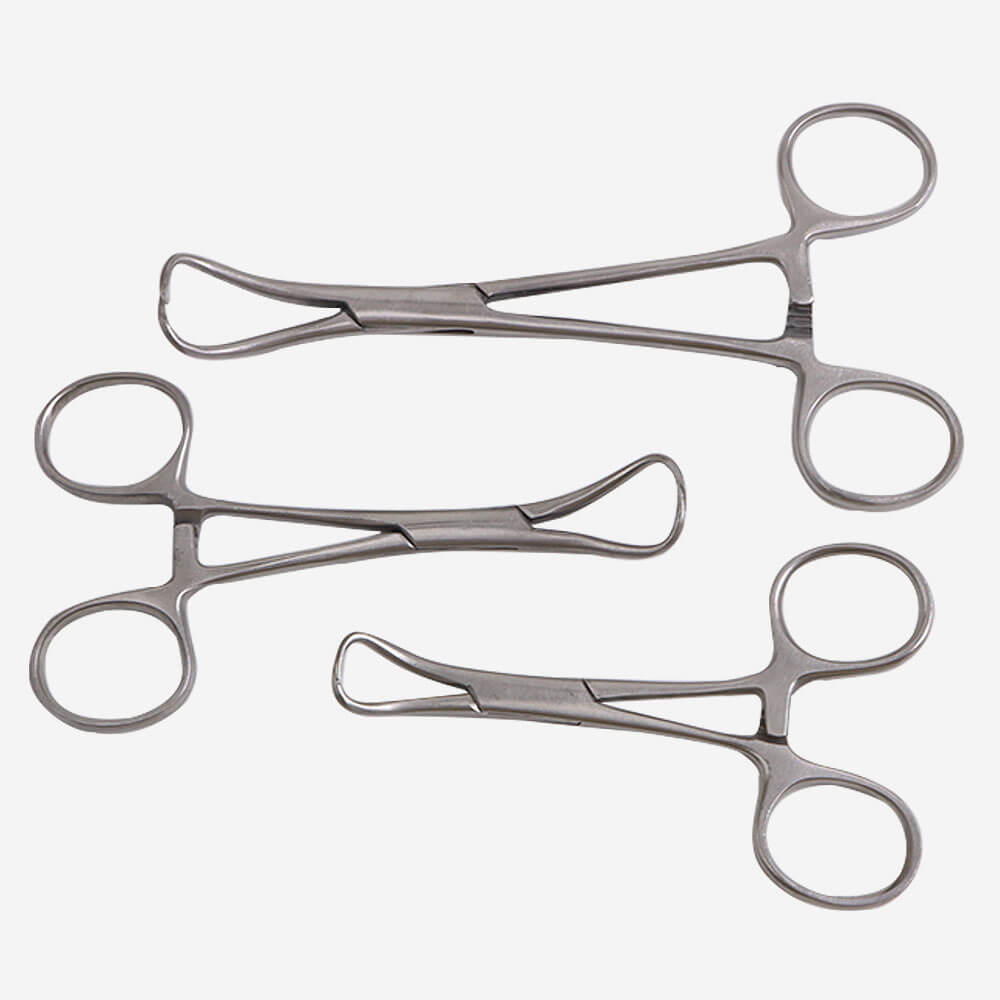
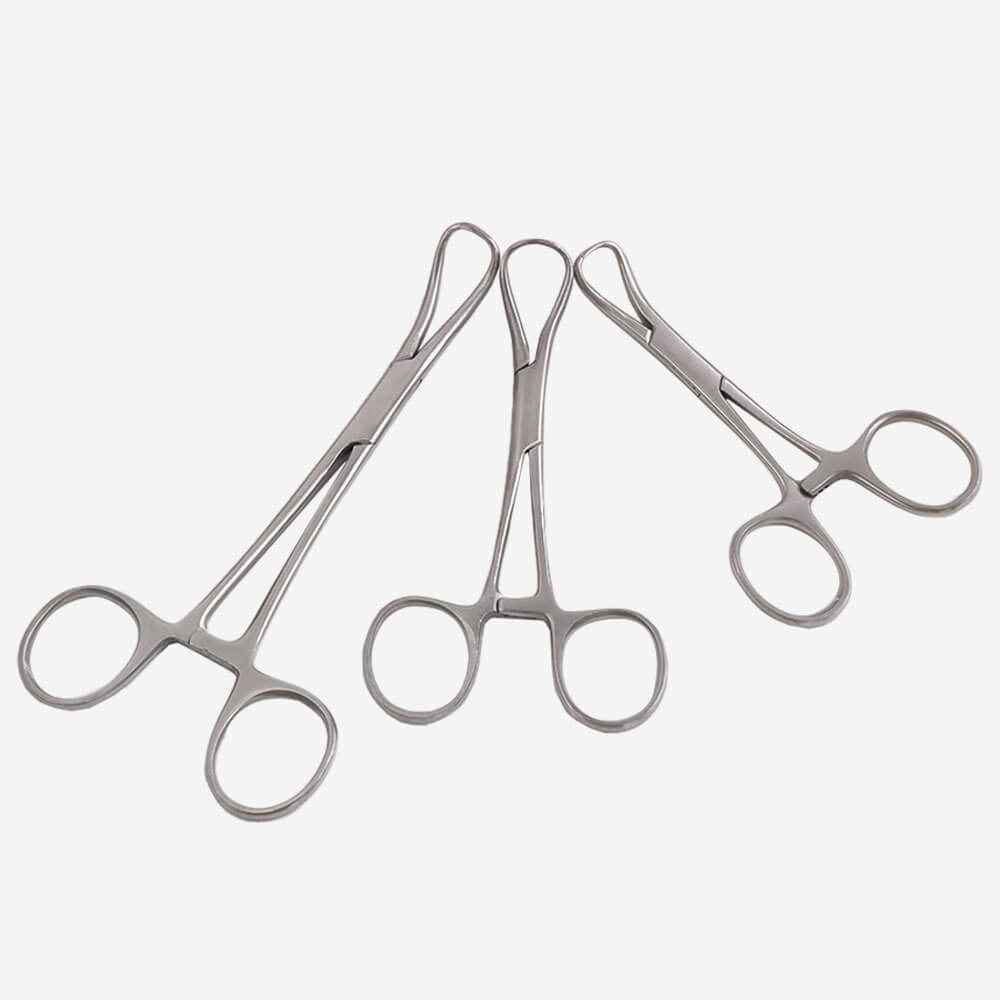

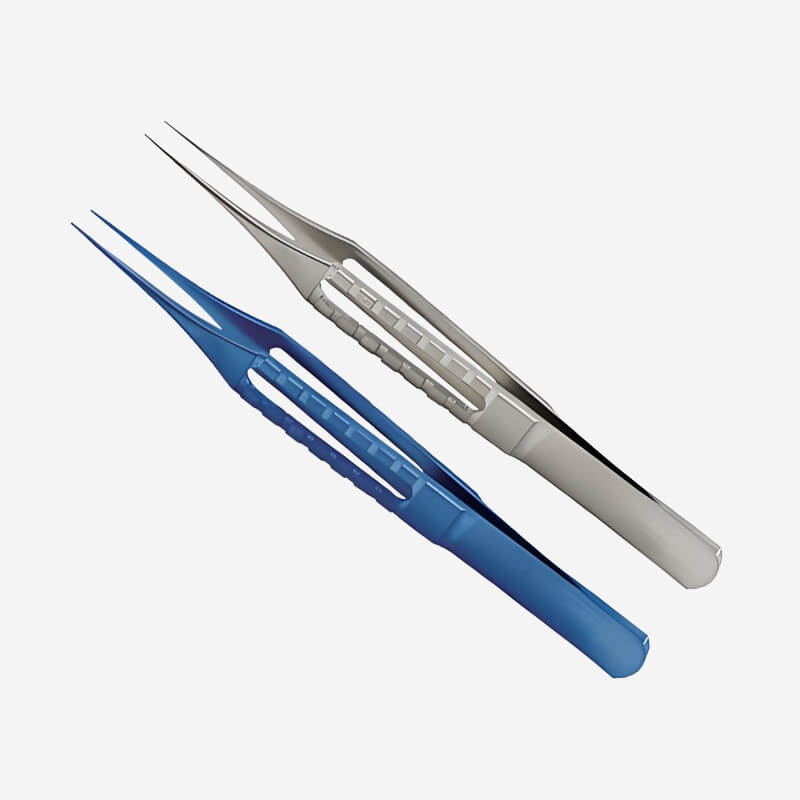




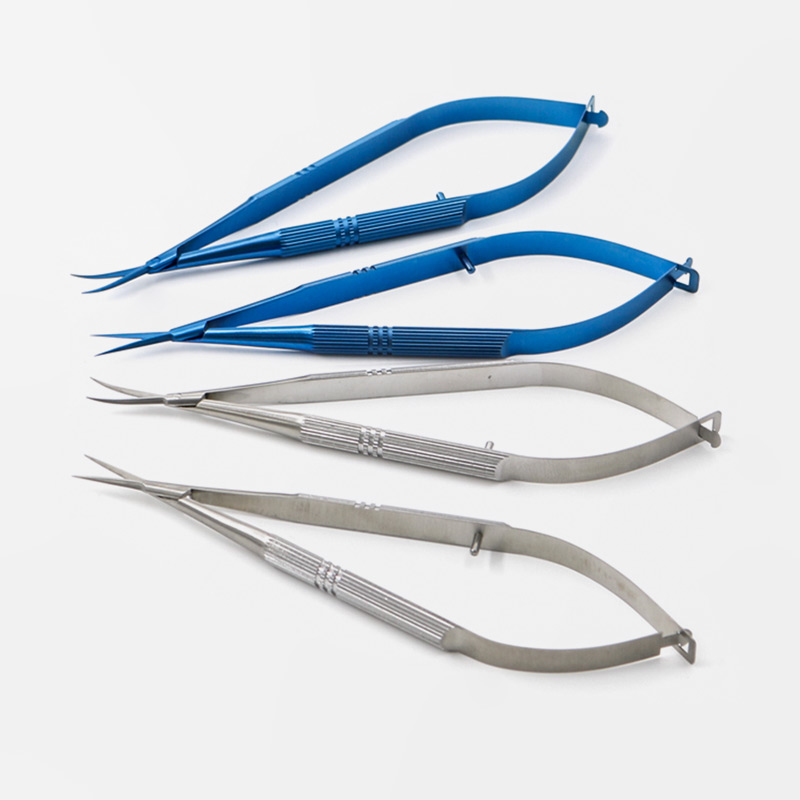
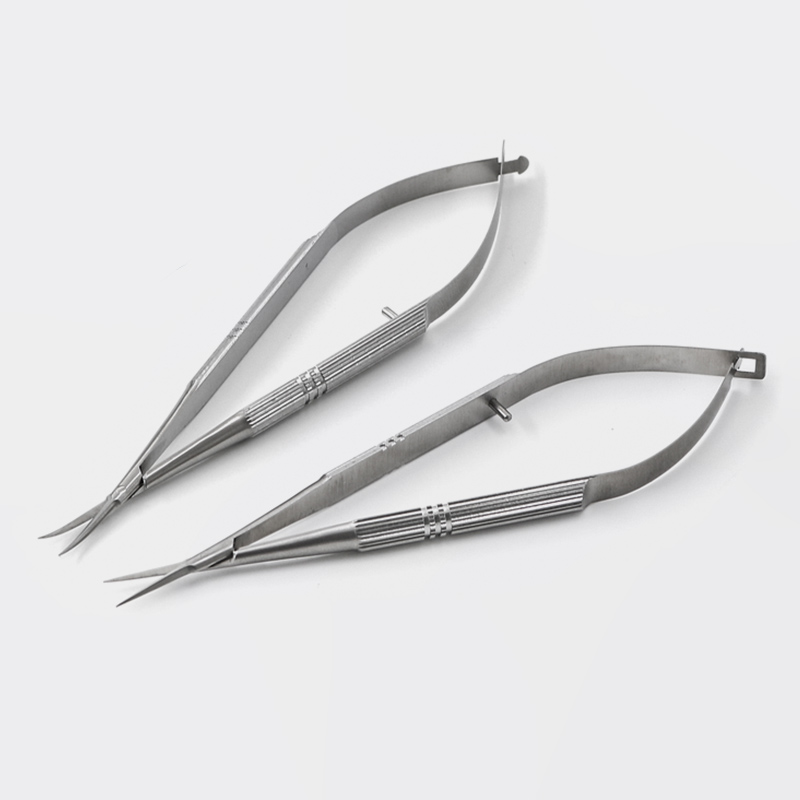
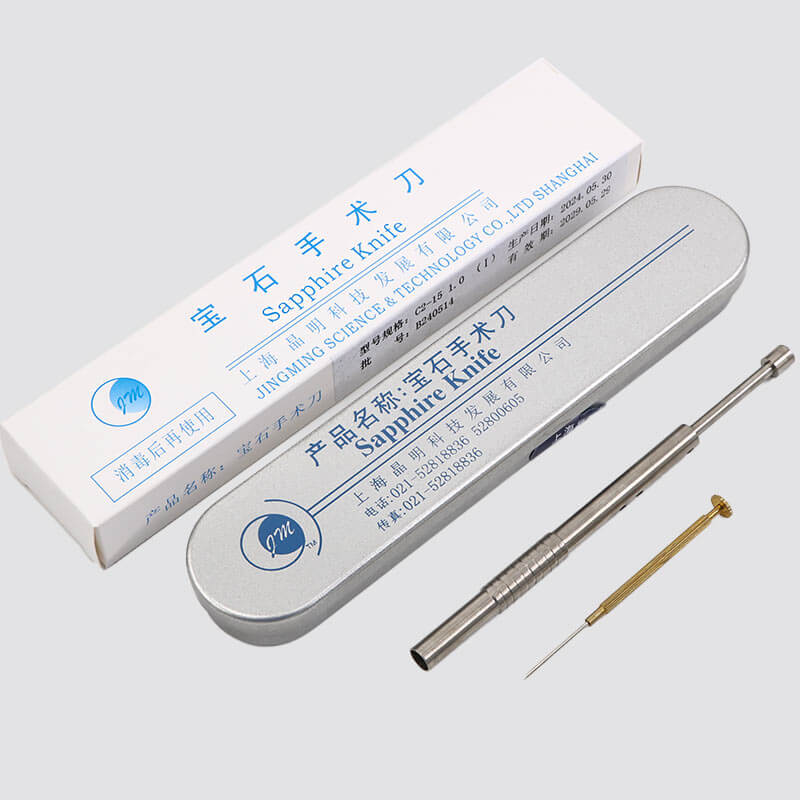
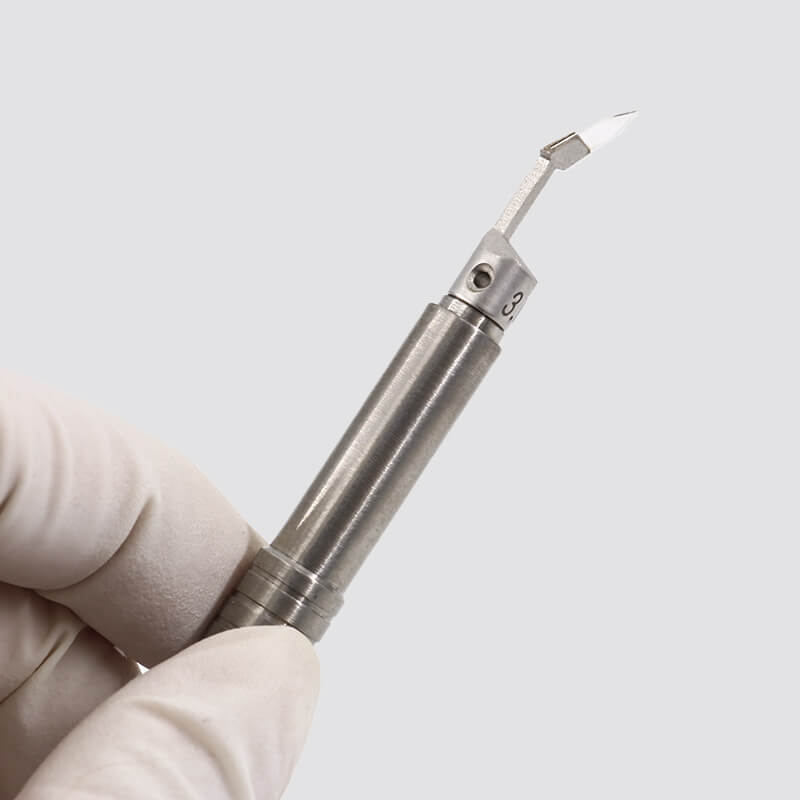


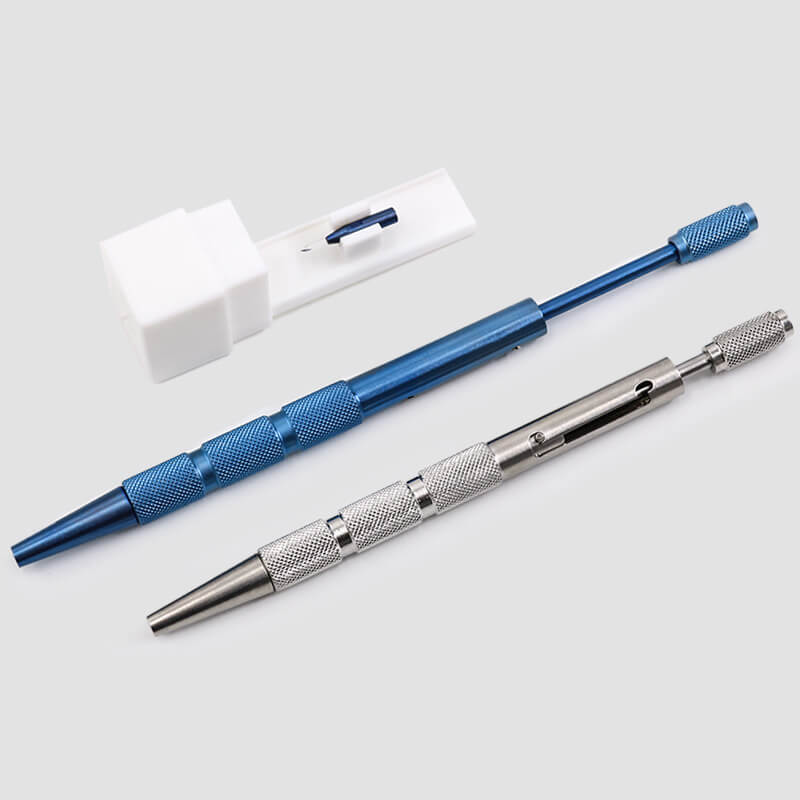
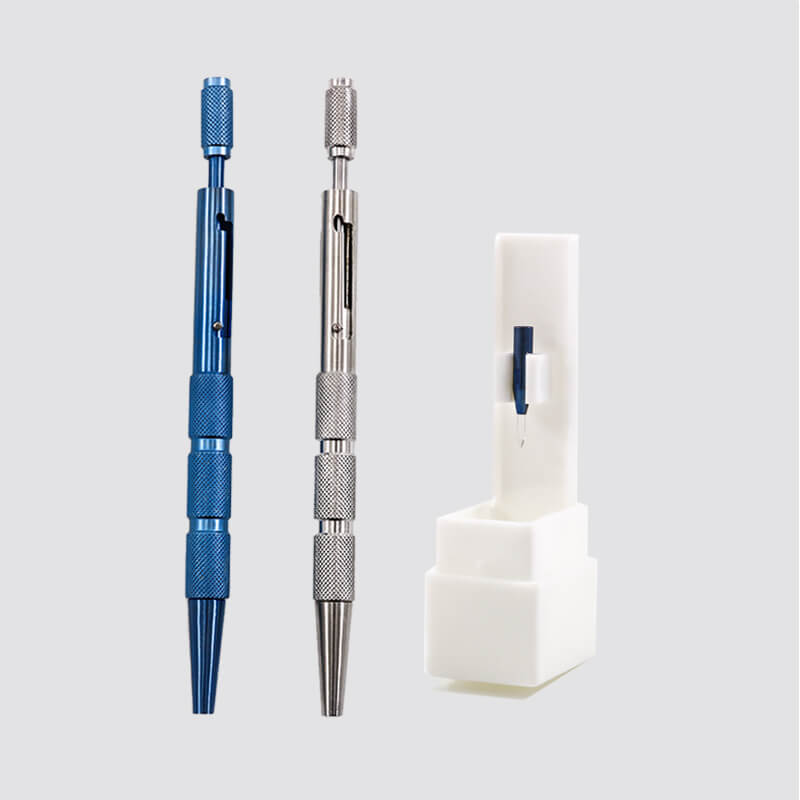



















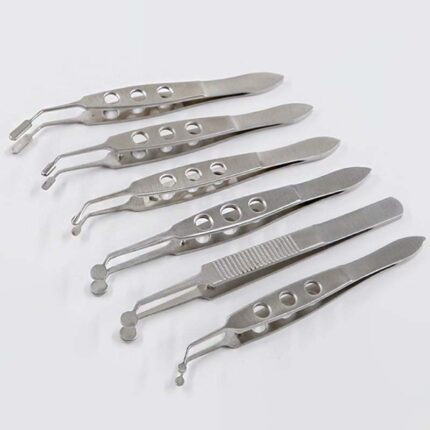











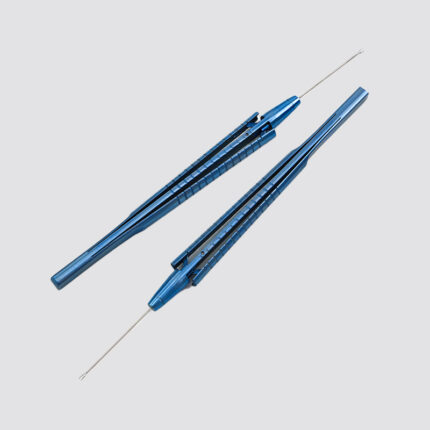
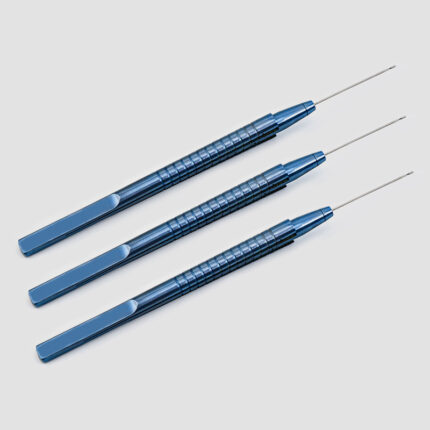


Reviews
There are no reviews yet.